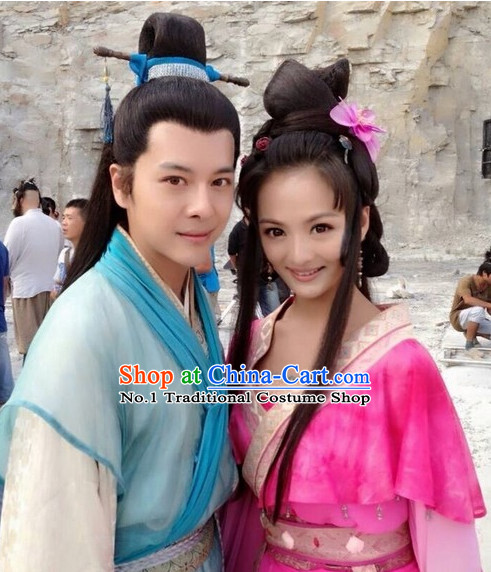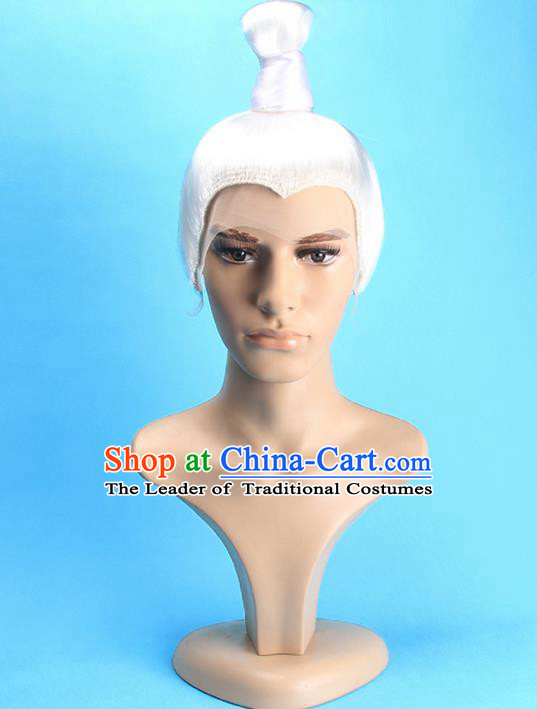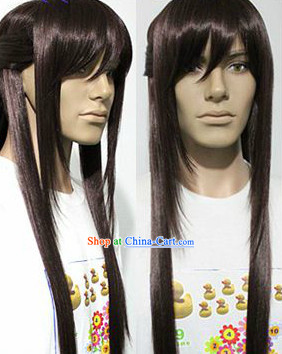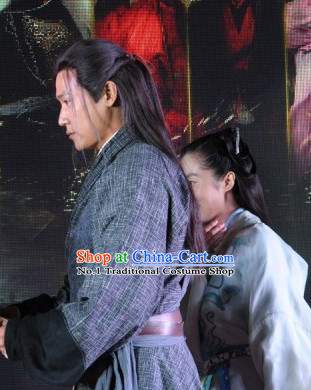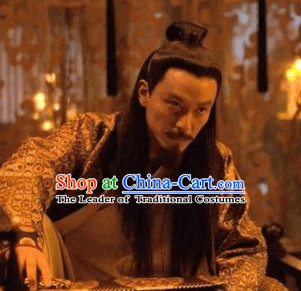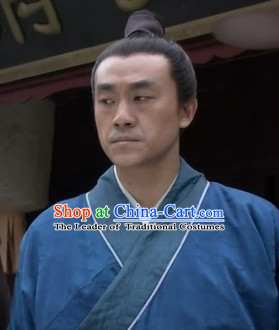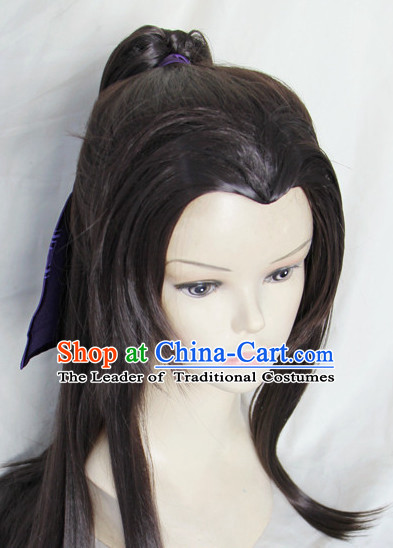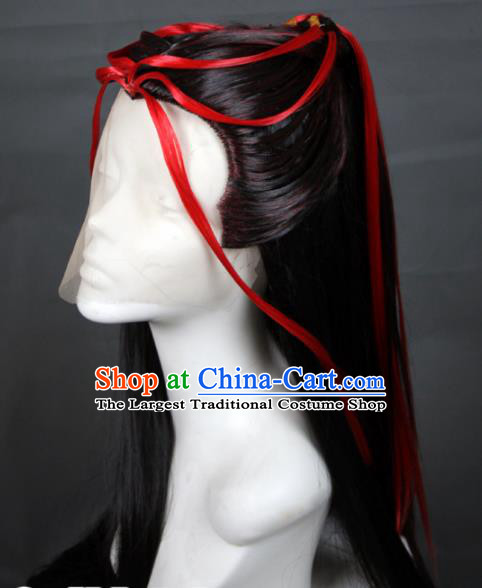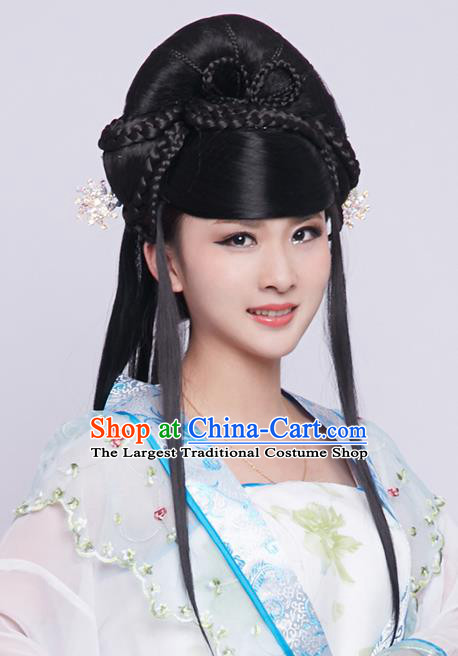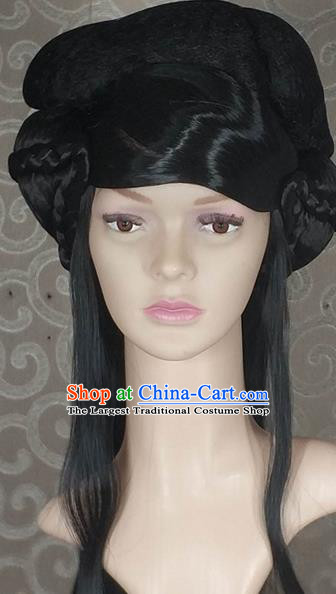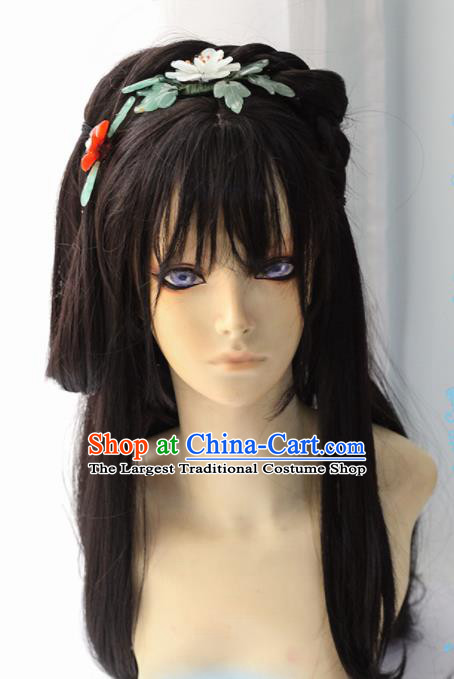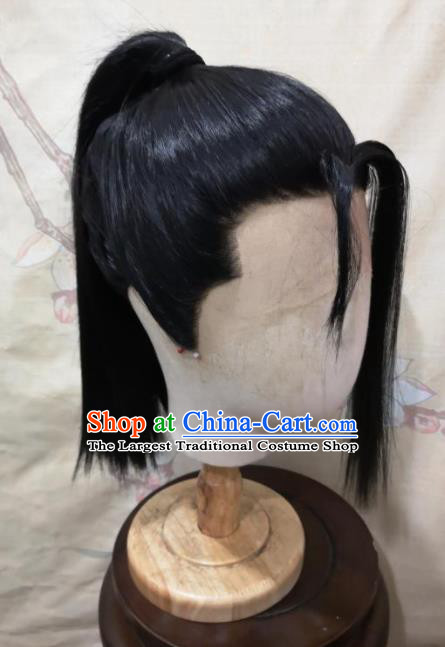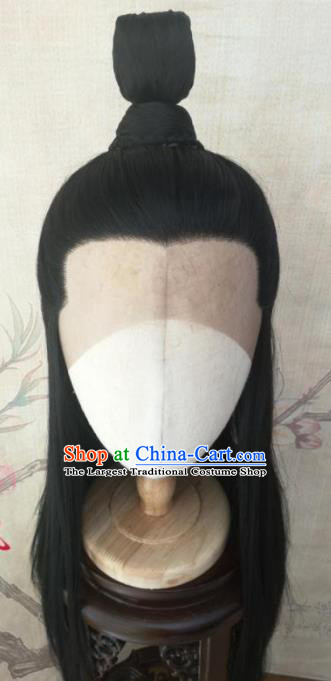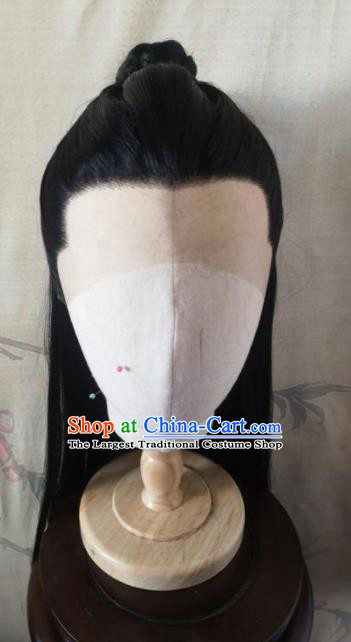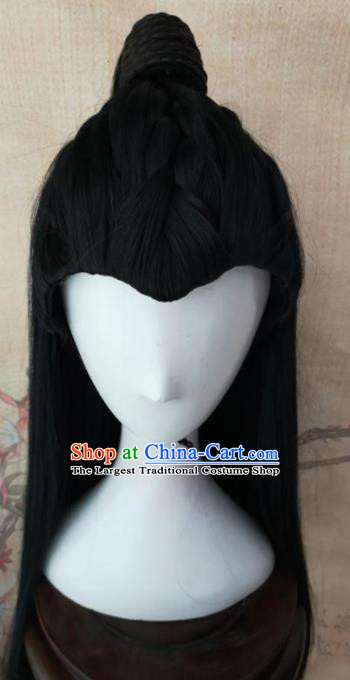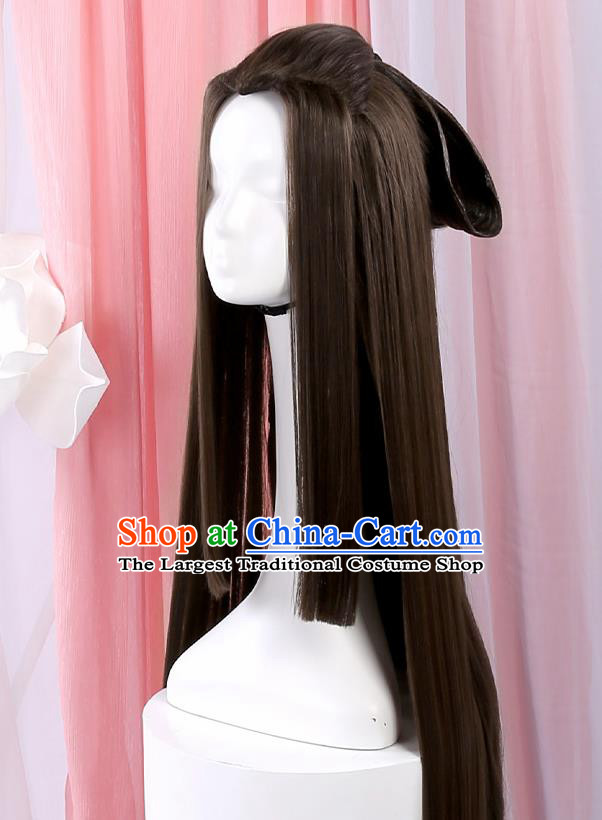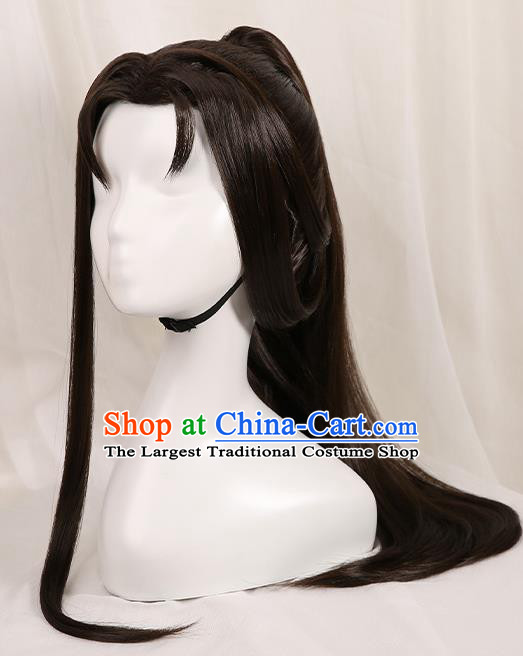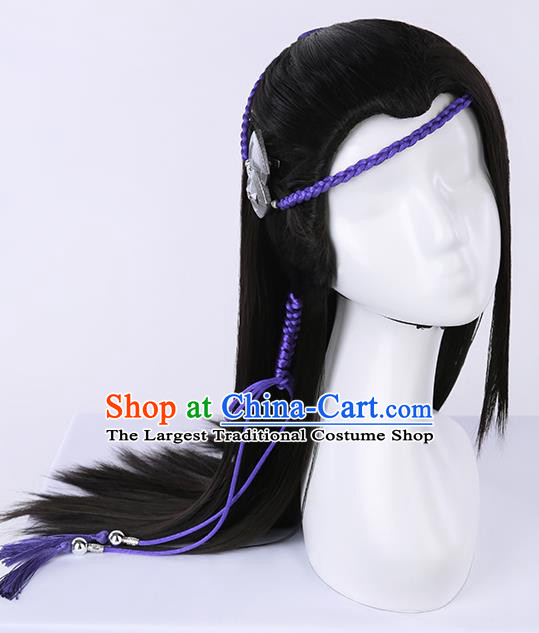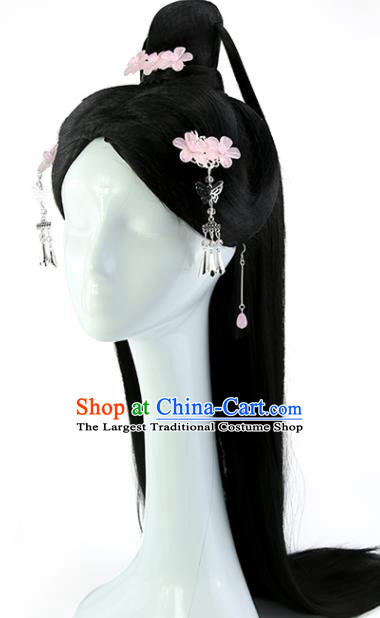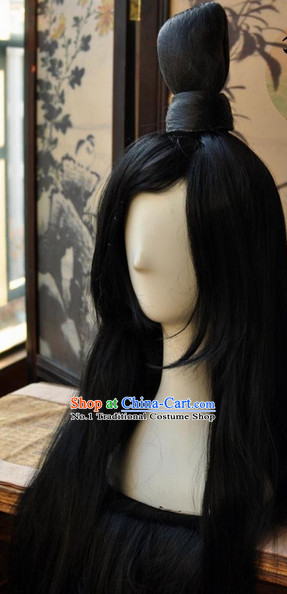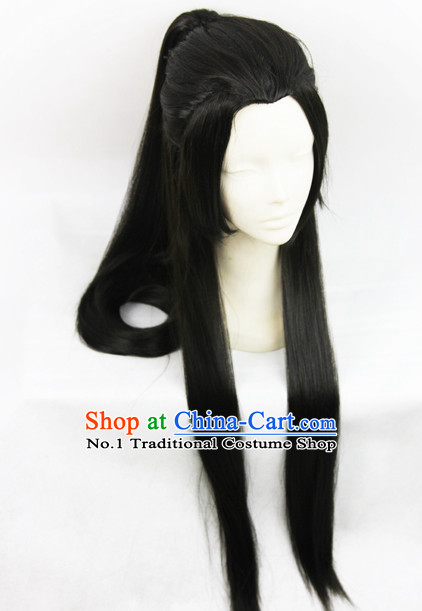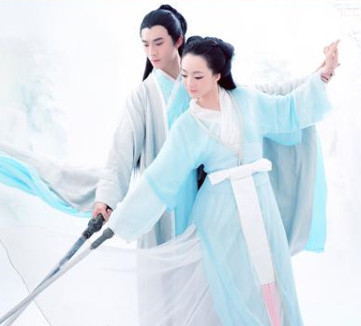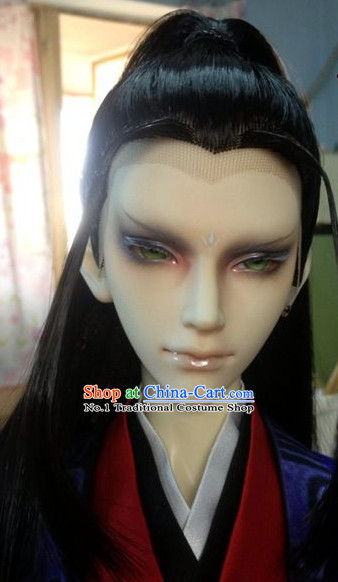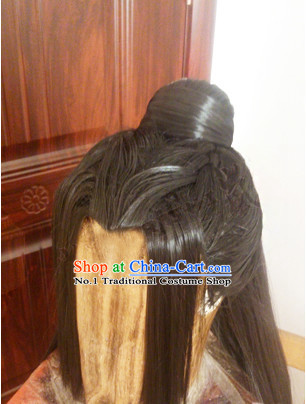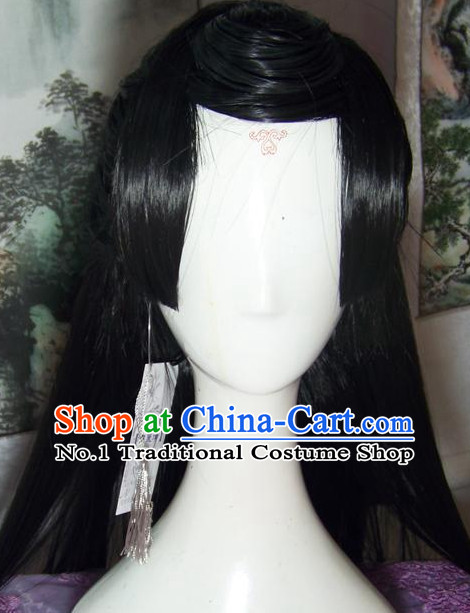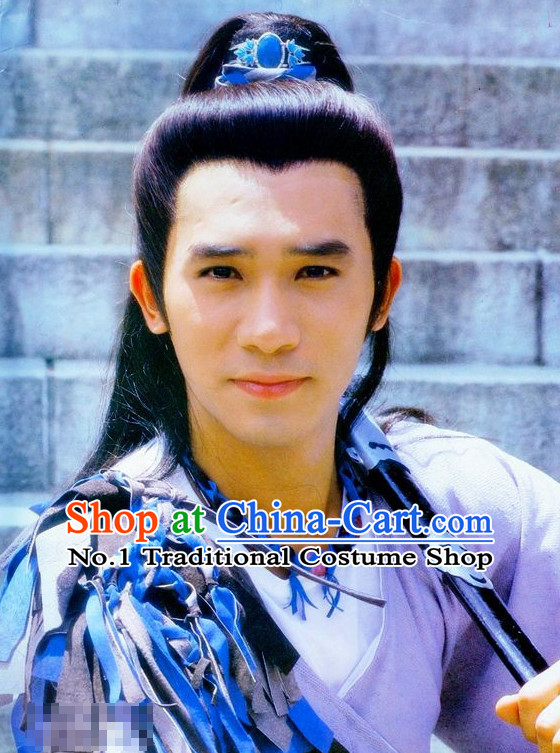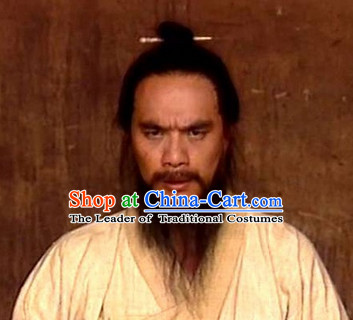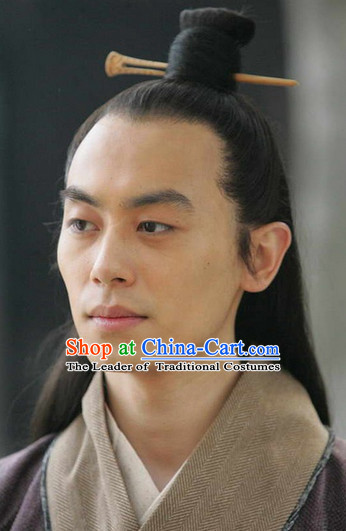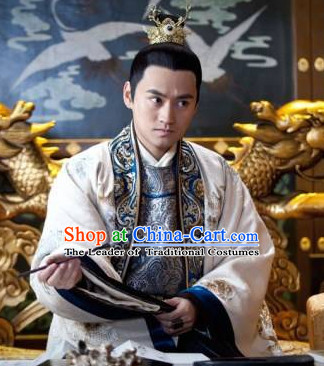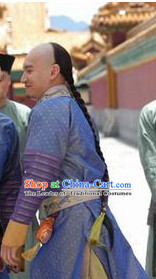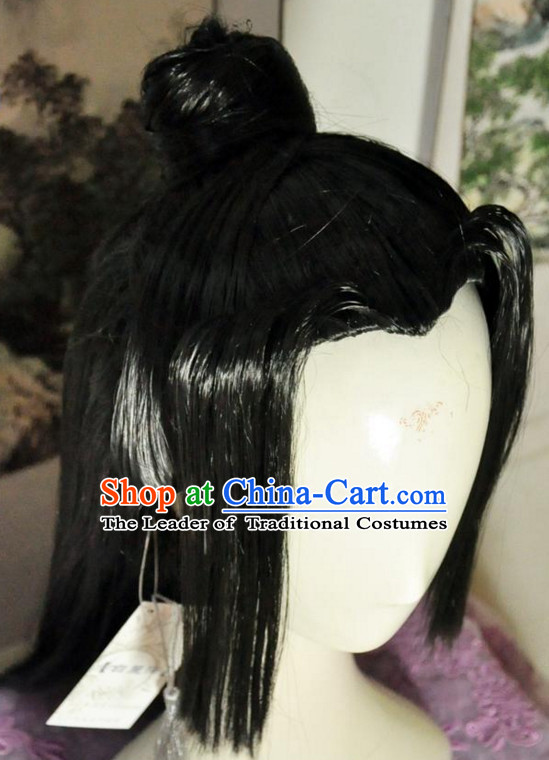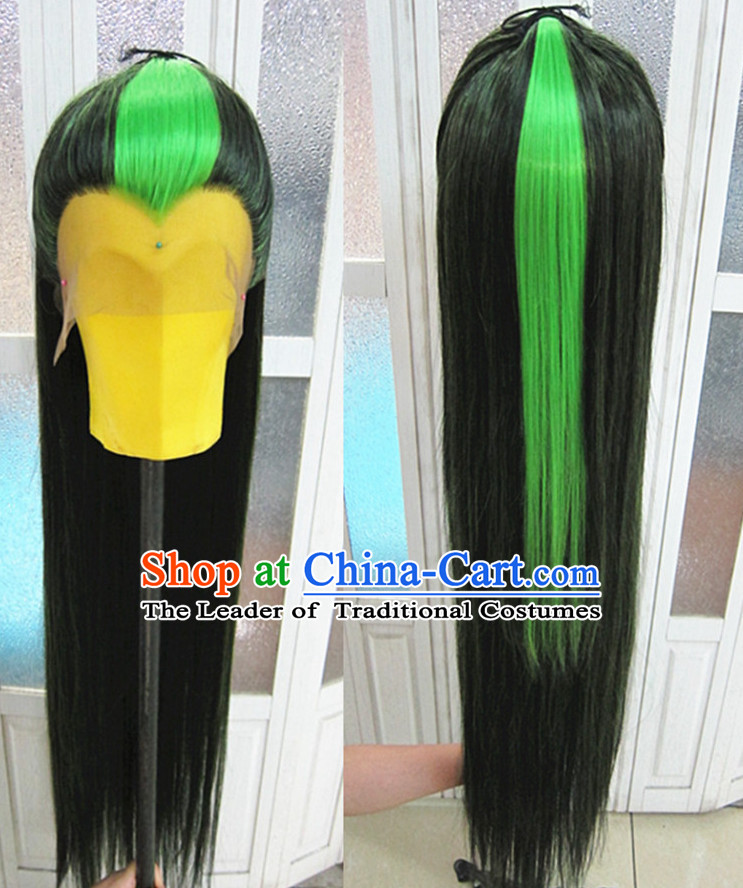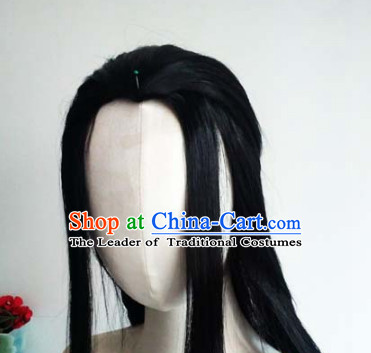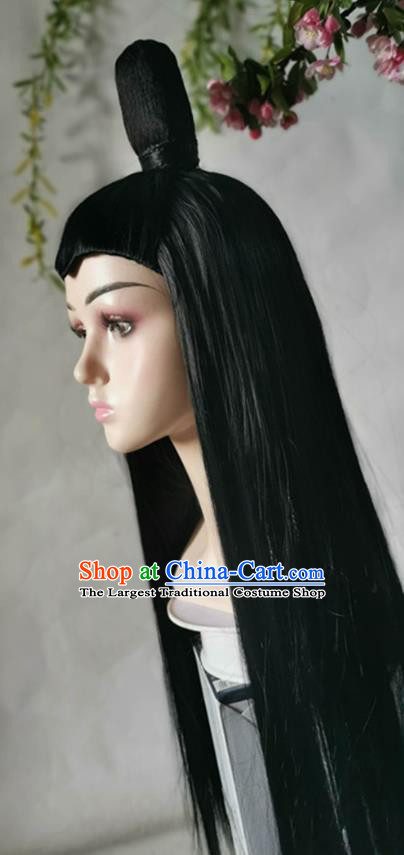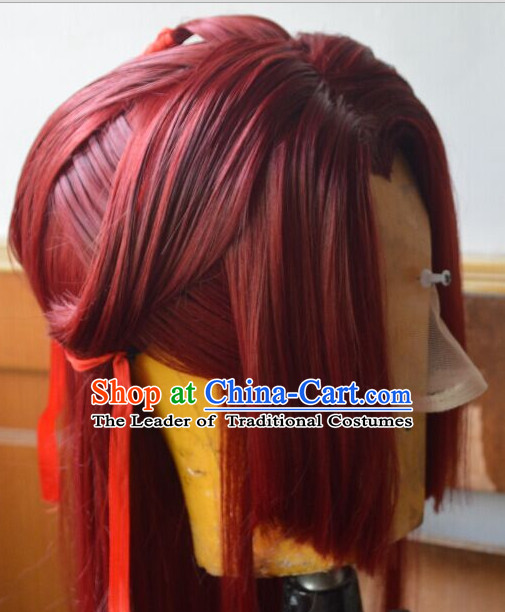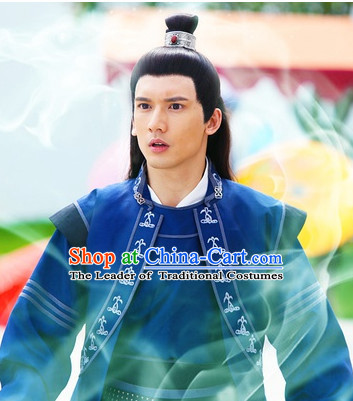
Click Related Pictures for More Audios:
The black long hair plait of ancient Chinese men is a cultural artifact with rich spiritual and cultural connotations and historical significance.
It represents the unique aesthetic concept of ancient Chinese society towards male image, as well as the importance attached to personal appearance.
This hairstyle was once a symbolic feature of nobles, officials, and scholars in history, reflecting their status and identity.
The making of the black long hair plait requires exquisite craftsmanship and multiple processes such as combing, braiding, and fixing.
These steps require skilled craftsmanship and patience, so it takes a lot of time and effort to make a perfect black long hair plait.
This hairstyle is not only beautiful and elegant but also full of personality, able to show the temperament and charm of the wearer.
In addition to its aesthetic value, the black long hair plait also carries rich historical significance.
In traditional Chinese culture, hair is regarded as part of the body and closely related to physical health and longevity.
Therefore, keeping hair clean and healthy is very important for individuals.
The emergence of the black long hair plait can be traced back to ancient times when people believed that black was the color that could best protect hair, so dyeing hair black became a fashion trend.
Over time, the black long hair plait gradually became a traditional costume and was widely used in various occasions such as weddings, celebrations, etc.
In summary, the black long hair plait of ancient Chinese men is a cultural artifact with rich spiritual and cultural connotations and historical significance.
It not only shows the unique aesthetic concept of ancient Chinese society towards male image but also reflects the importance attached to personal appearance.
By appreciating and studying the historical background and making process of this hairstyle, we can better understand the diversity and unique charm of ancient Chinese culture.
